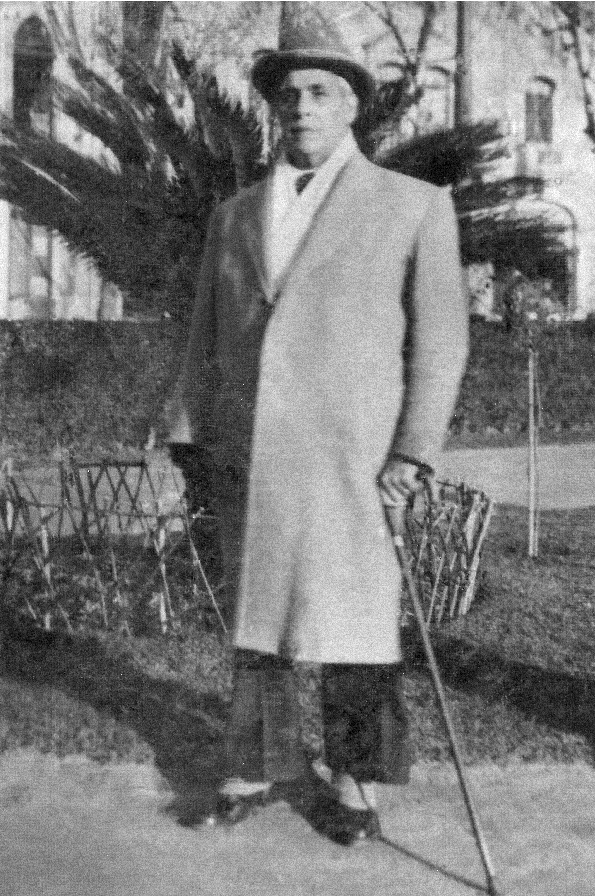I’m happy that Portugal are helping Nazi victims run and stay in Portugal.
What kind of role does Aristides de Sousa Mendes play in this timeline?
iOTL Aristides de Sousa was the Portuguese consul in the French city of Bordeaux who went against Portuguese government (Salazar) orders not to allow refugees into the country after the fall of France unless they had a valid authorization from the destination country. He was reprimanded and was forced to resign (although he continued receiving his salary till his death in 1953). In 1930s Salazar's government afraid of Portugal being over run by refugees who could not escape and the country be forced to send them back or forced to look after them issued two proclamations to its diplomats (proclamation 10 and 14) which specifically set out strict rules about transit through country. When Aristides went against government orders and issues thousands of visas after fall of France he was reprimanded.
iTTL
1) there never was proclamation 10 and 14 which banned refugees from entering country. Proclamation 12 issued in 1936 allowed for emigration of any person be they catholic, jew or protestant who was from Europe and was not sympathetic, supporter or member of any organization or party that was banned in Portugal (socialist or communist). That was the proclamation that Portuguese embassies and consulates operated under to process emigrants both inside Nazi Germany and elsewhere in Europe. Under that proclamation over 200,000 emigrants moved to Portugal from 1936 to onset of war. These were emigrants though and not refugees.
2) Between 1939 and 1940 after the outset of war and before the fall of western Europe to the Nazis Portuguese embassies and consulates outside of Nazi Germany were seeing refugee claimants and emigrants from opening to closing with some sleeping infront of the doors so they would be seen the next day. While thousands of refugees were allowed transit through the country priority was given to those wishing to emigrate to Portugal. Tens of thousand of new emigrants were approved. The consulate in Bordeaux under Aristides was especially busy for France was one of the primary countries hosting hundred of thousands of refugees. From the time of Nazi attack on France to its surrender at end of June 1940 the consulate was inundated with refugees, emigrants and those claiming they wished to emigrate for people were desperate to escape. Aristides the consul directed his staff to issue passes on mass and in 2 months the consulate issued over 50,000 passes. This was noticed by Lisbon and in July 1940 he was summoned to Lisbon and the Consulate closed and staff went on holidays. When it reopened in September the new consul operated under a much greater restrictions since the city was now occupied by Germans.
3) Aristides de Sousa Mendes arrived in Lisbon on July 10 1940 and was reprimanded for his actions and docked 1 years pay and put on leave. He was placed under house arrest at a beach house provided by the government in Colares beach town. On September 1 1940 he was recalled by foreign minister and told he was being named the new Portuguese ambassador to Vinci France. He was given a quota of 1 emigrant for every 3 refugees he and the Portuguese consuls in France provided passage.
4) From 1940 to end of war he represented both Portugal diplomatic mission in France and ran a network of safehouse both in Southern France and northeast Spain providing passage to ten of thousands of refugees and new emigrants. Together with Portuguese consulate in Burgos Spain they provided a safe transit route through Spain to Portugal.
Note: Refugees had to have funds to travel both through Spain and Portugal as well as means to pay for transportation out of Portugal. Those with many skills required by the Portuguese were identified and if even if they lacked the funds were granted access and vouchers for their travel. In all during Aristides tenure as Ambassador of Vichy France over 200,000 Refugee/emigrants travelled to Portugal during the war.
In 1946 at age of 61 he retired back to Portugal and lived a comfortable life in Lisbon. He was very well liked by the huge emigrant communities in Portugal and was hosted by many over the years. In 1950 he was recalled to active service and named the Portuguese ambassador to Israel. A post he held till 1955 when old age and health forced him to retire. He died in Lisbon in 1956 and received a state funeral. Several books would be written and documentaries made about his great humanity and love for those fleeing violence and war.
Aristides de Sousa Mendes 1950 after announcement he would become Portuguese Federation 1st Ambassador to Israel

